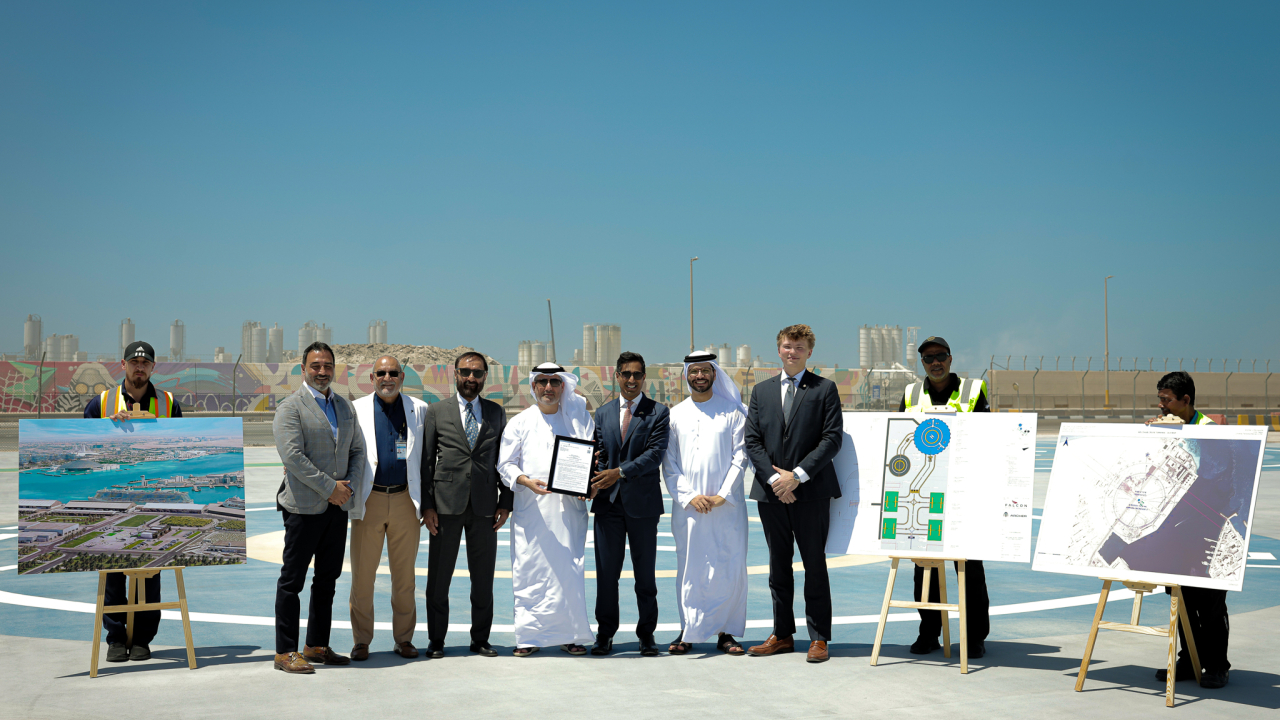Why simulating the AW139 makes sense
Gulf Helicopters has invested in a cueSim Full Flight Level B simulator for its new AW139s and hopes to be able to offer simulator training to other operators to help amortise the costs and eventually provide a return on the company's investment.
The AW139, which Gulf Helicopters' CEO, Mohammed Al Mohannadi calls “the latest helicopter in the industry”, is in widespread use in the region and internationally.

Gulf Helicopters will be the second operator of an AW139 simulator and, therefore, expects third-party demand to be heavy.
Simulator training is of vital importance for the offshore helicopter operators, allowing the safe practise and teaching of things that simply cannot safely be achieved in the real aircraft – including engine failures at critical moments of the flight, and in the very worst conditions.
The use of simulators for training also allows a company’s expensively-purchased real helicopters to be used for revenue-earning flights, and allows immediate and ‘any time’ access to instrument training, including ILS approaches, etc.
The cueSim Flight Simulator Level B (FS B) supplied to Gulf Helicopters employs a level B-compliant six degrees of freedom electric motion platform using electric worm gear (obviating the need for maintenance-intensive hydraulic rams, pumps and machinery), augmented by seat shakers.
It employs a high-resolution visual system incorporating 60Hz image generation with a field of view (FoV) of 210 degrees horizontally and 60 degrees vertically (+20 to -40) including ‘chin’ windows.
The device gives broadly 80 per cent of the capability of a full level D simulator (and indeed the visual system and collimation is to full level D standards), at a more affordable price – estimated at less than one third of the cost of a level D device. Some insist that ‘zero flight time’ training (the unique selling point of a level D device) is not possible in helicopters and since the training offered by an FS B is otherwise ‘just as good’, a level B simulator is effectively the best option for helicopter operators.
The simulator (and the 18 Dell PCs that provide processing power) is housed in a new, purpose-built building with a suspended floor, a stand-by power system, powerful air conditioning, inert gas fire suppression, and a state-of-the-art fire detection system.
The cueSim company is a spin off of Britain’s QinetiQ and has specialized in providing simulators and training devices with advanced technology features, world- leading flight modelling software and very high-resolution visual systems that allow them to provide a degree of realism and fidelity previously found only in much more expensive simulators.
The simulator is of modular construction and design and is designed to be reconfigured. The cockpit can use cheaper back-engineered components (a level D device has to use real aircraft components), and is significantly cheaper to build.
The sledge-type AW139 cockpit could, if required, be easily removed and alternative cockpits could be installed (within about half a day), potentially allowing multiple type-representative cockpits to be used within a single simulator infrastructure.
Gulf Helicopters hopes to receive full UK CAA certification for its new simulator on May 24, 2011.
Stay up to date
Subscribe to the free Times Aerospace newsletter and receive the latest content every week. We'll never share your email address.

